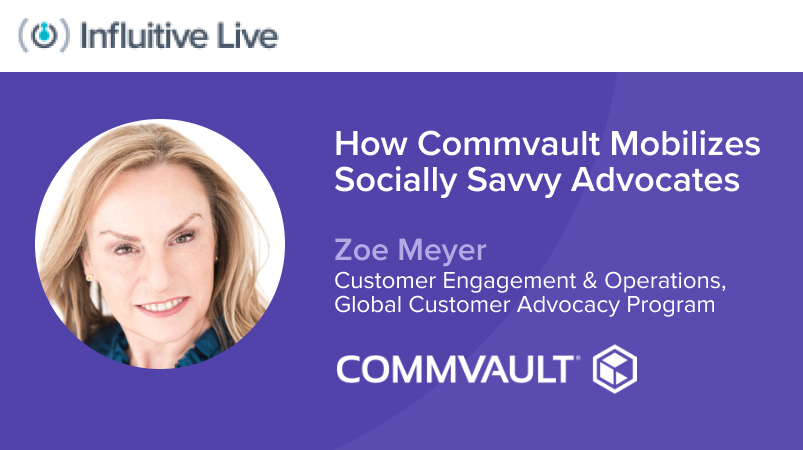In highly competitive industries, such as Software as a Service (SaaS), customer advocacy is a company’s greatest differentiator. This means that you’ll have a viable retention strategy at your fingertips if you can develop your customers into advocates. This is how customer satisfaction and customer retention correlate.
Research from SiriusDecisions shows that 80% of buying decisions are based on customer experience. To better cater to customer demands, B2B companies are beginning to focus on customer lifetime value metrics to build advocacy and keep their company top-of-mind with a solid customer experience.
It’s a Journey…
Think of the road to customer retention as a journey. Along this journey, there are individual touchpoints that shape the customer’s experience. Now consider mapping the customer’s journey, identifying the processes that will impact current and future customers.
Cross-departmental alignment and executive buy-in are needed to create an organization-wide collaboration on customer engagement. Sales, customer success, marketing, education, and product teams, for example, play key roles in what they offer along the customer journey and how they collaborate in delivering the ultimate customer experience. Pinpointing specific action items for each stakeholder increases the chance of a positive customer experience at each touchpoint and reduces confusion.
Let’s look at an example, post-sale: The customer success team initiates customer onboarding, which includes welcoming the new customer, setting process expectations, and product training. After installing the product or service, this team executes a Customer Satisfaction Survey (CSAT) or Net Promoter Survey (NPS). These surveys take a pulse of the customer’s experience and initial likelihood to be retained based on their satisfaction.
Here are a few tips for enhancing customer satisfaction and driving retention:
- Give your customers a reason to re-engage with your business. You can accomplish this by offering product beta programs, executive briefings, customer advisory boards, user groups, and tech forums where the customer is developing a longer, more committed relationship with your organization.
- Give your customers a platform to amplify their voice with your brand and network with their peers. This is where you can leverage customer advocacy as a discipline. Customer advocacy is when a customer is genuinely excited about your product or service and is willing to share this positive feeling with others in a proactive way. It may take the form of one or any combination of activities, such as case studies, video testimonials, reference calls, social media and user community posts, event speakers, and media/PR.
Harnessing these activities into the customer journey pre and post-sale enriches the customer experience. Here is a general view of the customer journey and how you can incorporate the two tips above for improving customer satisfaction and retention:

The Bigger Picture
Offering a customer advocacy program is a proactive approach to organizing your happy customers around your brand, and that can be the start of a wonderful snowball effect. However, a customer advocacy program cannot be a stand-alone initiative—instead, it needs to be part of the bigger picture for customer engagement.
Connecting the customer’s experience from sale, to implementation, to retention, to advocacy takes a lot of coordination and cooperation within an organization, but it can be done! Happy customers attract happy customers, thereby increasing customer satisfaction and reducing customer attrition.





